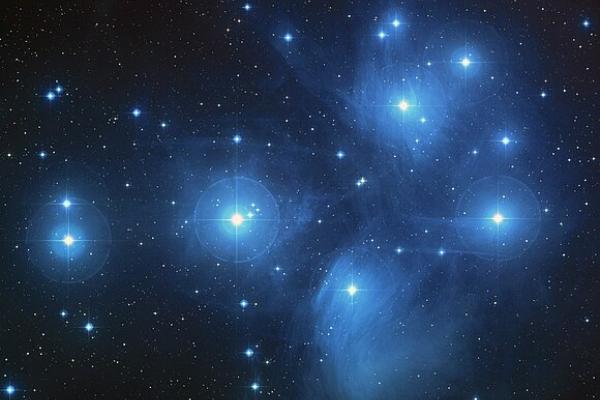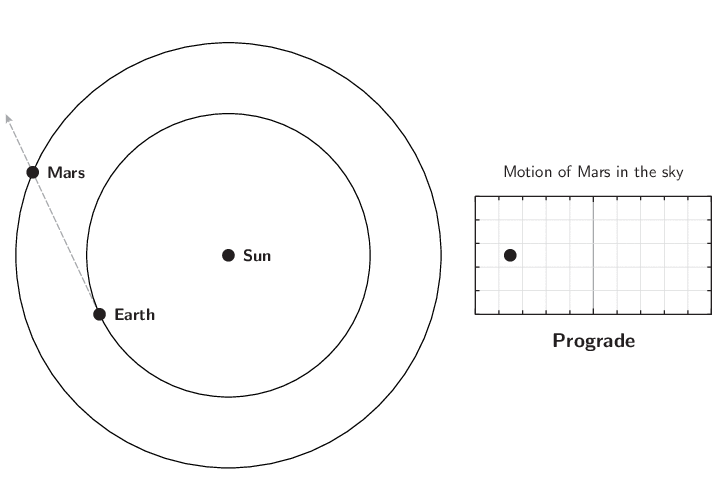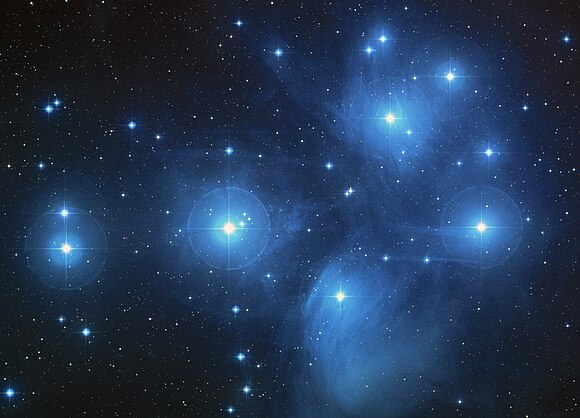What's Up? - Ohio Skylights February 2025

Constellations, Planets, and Astronomical Events Visible in February 2025!
Happy February! Now that it’s starting to warm up and we’re no longer getting blasted with arctic winds, February will hopefully be more suited to observing the night sky. As our days get longer we are seeing sunrise at 7:40am and 7:06am at the beginning and end of the month. The sun is setting at 5:51pm and 6:23pm at the beginning and end of the month. This leads to over an hour of more sunlight by the end of the month!
The full moon this month will be on February 12th and the new moon will be on February 28th. Mercury will not be easily visible this month as it will be passing behind the Sun on February 9th, entering superior solar conjunction. Venus will be much more exciting this month as it will reach its highest altitude in the sky on February 2nd. Venus will reach up to 39 degrees above the western horizon after sunset. We’ll also see the conjunction of the Moon and Venus this month on February 1st, so get ready to take a picture of Venus and the Moon passing by. As for the last terrestrial planet in our sky, Mars will be ending its retrograde motion this month on February 23rd. Retrograde motion refers to when planets appear to change directions in the sky. Typically planets move in an eastward direction in our sky, but since each planet orbits a different speed around the Sun, they can pass by each other. When this happens, the planet in retrograde will appear to change directions and move west before moving eastward again after some time. This is visualized in the animation below. You can see how Mars appears to change directions as the Earth passes by.

Jupiter will be visible high in the sky, appearing in the constellation Taurus just after sunset this month. Just like Mars, Jupiter will also be ending its retrograde motion this month. Saturn will be visible above the western horizon just after sunset this month. It will appear closer to the horizon than Venus so it will also set much sooner. Saturn will be getting closer to the Sun so it will be very difficult to spot it by the end of the month. Make sure you get a chance to observe it early in February!
Many of the stars in the sky that seem close together are actually very far apart. For example the three stars of Orion’s belt, Alnitak, Alnilam, and Mintaka, are at distances of 740, 2,000, and 690 light-years respectively. So instead of highlighting stars that are nowhere near each other, I thought I would highlight an actual cluster of stars! The Pleiades is a star cluster roughly 444 light-years away containing a handful of very luminous stars. Since it is so easily observed, this cluster has been given many different names over the years. The name “Pleiades” comes from Ancient Greek and likely has its origins in the cluster’s significance to sailing. Pleiades also refers to the companions of Artemis, the Seven Sisters. The cluster is also known as “Subaru” in Japan. The car company Subaru based their name and logo off of the star cluster and the Subaru Telescope is also named after the cluster. You will be able to see the Pleiades throughout the month high in the southern sky just after sunset.

Sources:
- https://www.timeanddate.com/sun/usa/columbus?month=1
- http://www.seasky.org/astronomy/astronomy-calendar-2024.html
- https://in-the-sky.org/newscal.php?month=2&year=2025&maxdiff=7#datesel
- https://stellarium-web.org/
- https://www.space.com/28072-orions-belt.html
- https://en.wikipedia.org/wiki/Pleiades
Image Credit:
- Mars Retrograde: https://in-the-sky.org/news.php?id=20250224_12_100
- Pleiades: https://en.wikipedia.org/wiki/Pleiades
